For More Informations Call
(917) 722 5826
Mon – Sat 8.00 – 18.00
-
Cherry Blossom Tour
Cherry Blossom Tour
A trip to Japan feels even more special when you witness the beauty of cherry blossoms. These soft pink flowers are deeply connected to Japanese culture and symbolize the fleeting beauty of life. During this tour, you can enjoy peaceful picnics, evening strolls, and unforgettable views. You will experience cherry blossoms across Honshu Island, admire rivers lined with sakura trees, and explore vibrant cities like Tokyo and Kyoto in full bloom.
The Places You’ll Visit:
Tokyo
Tokyo is one of the 47 prefectures of Japan. It is located in the Kanto region on the southeastern side of Honshu and includes the Izu and Ogasawara Islands. Tokyo is the capital of Japan and the center of the Greater Tokyo Area, the most populated metropolitan area in the world. It is also home to the Imperial Palace and the Japanese Imperial Family. The Tokyo Metropolis was established in 1943 after the merger of the former Tokyo Prefecture and the city of Tokyo.
Showa Kinen Park
Showa Kinen Park has around 1,500 cherry trees that bloom beautifully in spring. Inside the park, there is a wide garden formed by around 200 cherry trees that surround an open lawn area. There is also a bridge where visitors can enjoy a lovely view of cherry trees along the river. As you explore the park, you can also enjoy tulips, rape blossoms, bonsai trees, and other colorful spring flowers.
Tokyo Main Tower
Tokyo Tower is the tallest self-supported steel tower in the world. It is 13 meters taller than the Eiffel Tower. Since its completion in 1958, it has been a symbol of Japan’s post‑war growth. Visitors can reach the main observatory at 150 meters by elevator or by climbing the 600-step staircase. Because of its central location, the tower offers great views of Tokyo.

Beautiful night views of Tokyo Tower glowing above spring blooms.
Chidorigafuchi Kitanomaru Park
This is one of Japan’s most famous cherry blossom viewing spots. Every year, more than one million people visit this area. A tunnel of around 260 Yoshino and Oshima cherry trees lines the water, creating a magical scene during peak bloom.

A magical riverside experience beneath blooming sakura trees.
Shinjuku Gyoen
Shinjuku Gyoen is a large park that opened in 1906 as a garden for the Imperial Family. During spring, 65 varieties of cherry trees bloom over a long period. Even if you miss the peak bloom in other places, Shinjuku Gyoen usually still has blossoms to enjoy.
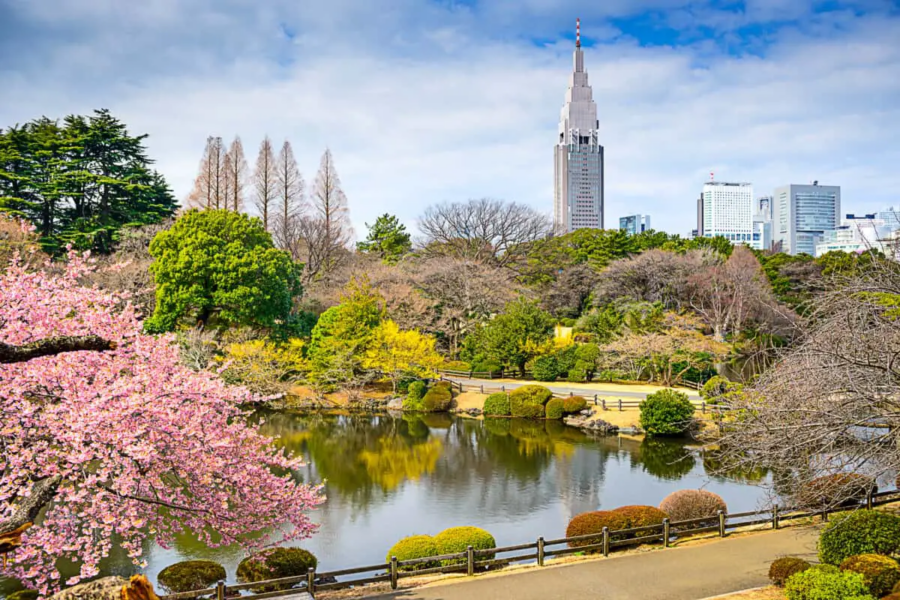
One of Tokyo’s most beloved cherry blossom gardens.
Sumida River Nighttime Cherry Blossom Cruise
During this evening cruise, you can enjoy romantic views of cherry blossoms glowing along the Sumida River. The tour includes a Japanese bento snack, one drink, and a cup of sake served by an apprentice geisha. As you cruise past the illuminated trees, you can relax and enjoy the peaceful spring atmosphere.

A romantic evening cruise with views of illuminated sakura.
Meiji Shrine
Meiji Shrine was built in 1920 and is dedicated to Emperor Meiji and Empress Shoken. Although the shrine was destroyed during World War II, it was rebuilt shortly afterward. The shrine is surrounded by a peaceful forest, providing a calm walk under tall trees.
Imperial House
The Imperial House of Japan includes the members of the Emperor’s family who perform ceremonial and public duties. Under the Japanese Constitution, the Emperor is the symbol of the state and unity of the people. Although the Imperial Family has no political power, they continue to perform traditions and rituals passed down through generations.
Senso-Ji Temple
Senso‑ji is Tokyo’s oldest temple. It is located in Asakusa and remains one of the city’s most colorful and visited cultural sites. The temple’s history begins in 628, when two brothers found a statue of Kannon, the goddess of mercy, in the Sumida River. Even when they returned it to the water, the statue always came back to them, inspiring the temple’s construction.

Tokyo’s oldest temple surrounded by pink spring scenery.
Nakamise Shopping Street
Nakamise Street stretches for about 250 meters from Kaminarimon Gate to the main grounds of Senso‑ji Temple. It has more than 50 shops offering traditional snacks, souvenirs, and crafts. It is a great place to enjoy local flavors and buy small gifts.
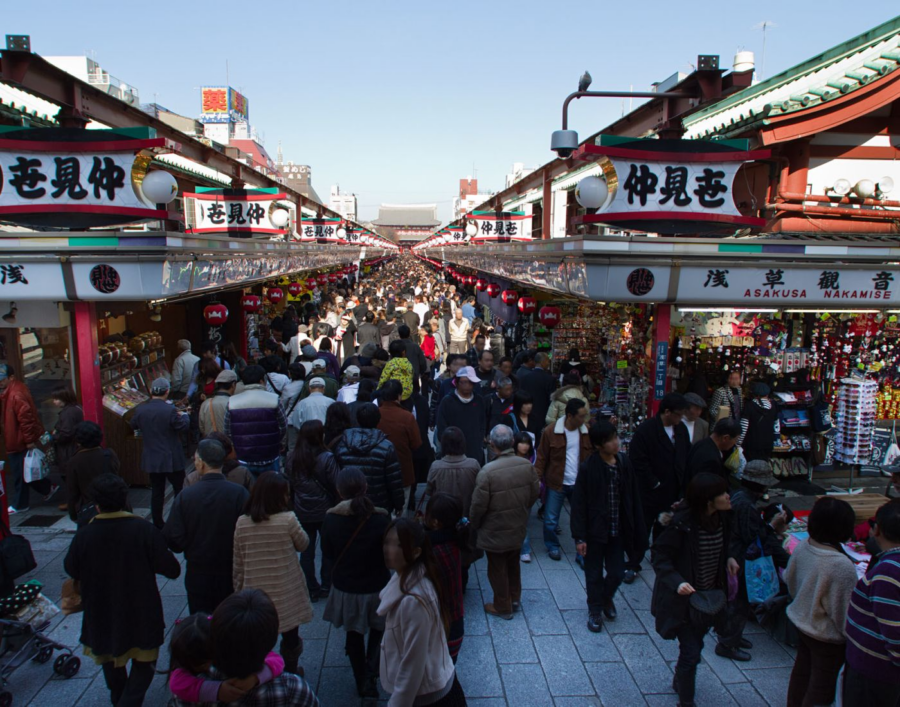
A lively walkway lined with shops and local treats.
Tokyo Bay Cruise
This cruise departs from Takeshiba Pier and sails across Tokyo Bay aboard the Vingt et Un ship. You can choose lunch, twilight, or dinner time slots. While you enjoy your meal, you can look out at the sparkling city skyline from the water.

Enjoy a scenic Tokyo Bay cruise with beautiful city views.
Odaiba Seaside Park
Odaiba Seaside Park is a man-made beach area where visitors can enjoy walking trails and waterfront views. Swimming is not allowed, but the park offers relaxing scenery and clear views of the Rainbow Bridge. Nearby Daiba Park and Shiokaze Park add historical and natural charm to the area.
Japanese Dance
Nihon-buyo is a traditional Japanese dance performed by dancers wearing kimono. The dance originated from Kabuki and shares similar music and movements. There are several schools of this art, such as Hanayagi, Fujima, Wakayagi, Nishikawa, and Bando. Today, the dance is performed both on stage and in Japanese rooms during cultural events.
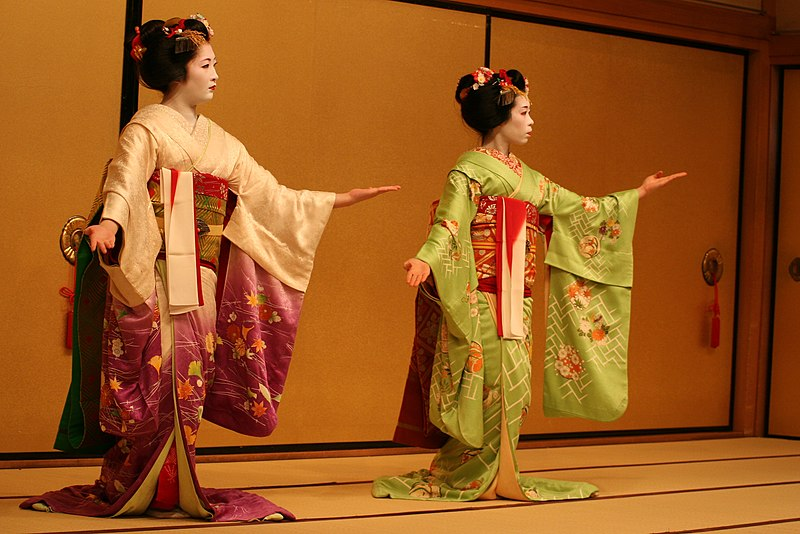
An elegant cultural dance performance featuring classic kimono.
Hakone
Hakone is located in Shizuoka Prefecture and is known for its hot springs, natural scenery, and views of Mt. Fuji. It is a popular destination for travelers who want to relax and enjoy nature.
Mt. Fuji 5th Station
Mt. Fuji, standing at 3,776 meters, is Japan’s highest mountain. Its nearly perfect shape has been admired by locals, artists, and travelers for centuries. The 5th Station offers views of the mountain’s slopes and surrounding landscapes.
Lake Ashi Cruise
Lake Ashi is a scenic crater lake in Hakone, famous for its views of Mt. Fuji. Many sightseeing boats travel across the lake, giving passengers a peaceful way to admire the surrounding mountains and forests.

Stunning views of Mt. Fuji from Hakone’s Lake Ashi.
Mt. Komagatake Ropeway
The Komagatake Ropeway rises to the top of Mt. Komagatake, offering views of Mt. Fuji and the Central Alps. Visitors can enjoy wide landscapes and rare alpine plants along the way.
Hakone Tozan Railways
This is Japan’s only mountain railway. The train ride from Hakone-Yumoto to Gora includes switchbacks where the train changes direction. It offers a fun and unique travel experience.
Ninna-ji Temple
Ninna‑ji is a UNESCO World Heritage Site known for its late-blooming cherry trees called the Omuro variety. These shorter trees bloom later than most varieties and mark the end of the sakura season.

A UNESCO heritage temple known for late-blooming sakura.
Tenryu-ji Temple
Tenryu‑ji is another UNESCO World Heritage Site. This Zen temple is famous for its garden, which uses the Arashiyama mountains as a natural backdrop. Many types of cherry blossoms can be seen here during spring.
Arashiyama Bamboo Grove
Arashiyama is located on the western side of Kyoto and has been a popular spot since the Heian Period. It is especially beautiful during cherry blossom season. Visitors can walk through the tall bamboo grove and enjoy scenic river views.

One of Kyoto’s most iconic natural attractions.
Kitano Tenmangu Shrine
Kitano Tenmangu is dedicated to the god of scholarship. It is also known for its beautiful plum and cherry blossoms. On the 25th of each month, a lively flea market takes place at the shrine.
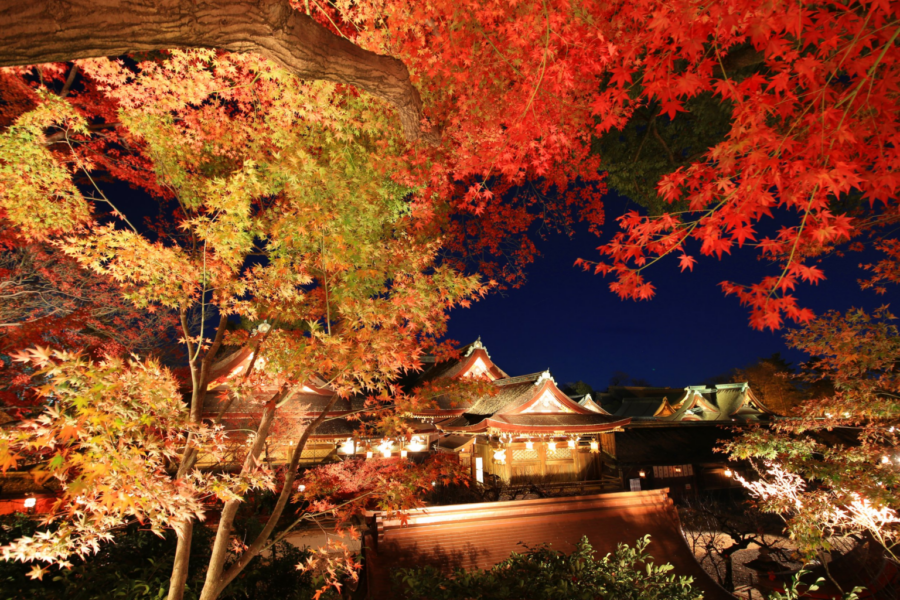
A stunning shrine famous for plum and cherry blossoms.
Hirano Shrine
Hirano Shrine has held a cherry blossom festival since the year 985. It is one of Kyoto’s most historic and beloved sakura spots.
Heian Jingu Shrine
Heian Shrine was built in 1895 to celebrate the 1100th anniversary of Kyoto’s founding. It features a large torii gate and spacious gardens that bloom beautifully in spring.
Okazaki Canal & Kawabata-dori street
Cherry trees line the Okazaki Canal and Kamo River. These spots offer lovely views from the bus and on foot.

A lively covered shopping street along Kawabata‑dori where visitors can enjoy local shops, food stalls, and the vibrant atmosphere.
Nijo Castle
A UNESCO World Heritage Site. Tour the historical castle completed in 1626, which was built to provide lodging for Tokugawa Shogun and as a palladium for Kyoto Imperial Palace.
Kinkaku-ji Temple
A World Heritage Site, also known as the Golden Pavilion. The wooden architecture is covered in thin layers of pure gold and is surrounded by a beautiful lake.
Kyoto Imperial Palace
Rich in tradition, Kyoto Imperial Palace preserves the look and ambiance of the Palace as it had been in the time of Japan’s ancient imperial dynasties. The current Palace was rebuilt in 1855 and comprises several structures–including the Shisinden, the Seiryoden, the Kogosyo, the Ogakumonjyo, and the Otsunegoten–that reflect the architectural styles of various periods.
Kitano Tenmangu Shrine
This shrine’s main hall is a designated national treasure and is famous for housing the God of scholarship. The shrine is especially great to see during the plum blossom and autumn leaf seasons.
Nara Park & Todai-ji Temple
Todai‑ji Temple is one of the world’s largest wooden structures and is home to the Great Buddha. The surrounding Nara Park is known for its friendly deer and beautiful spring scenery.
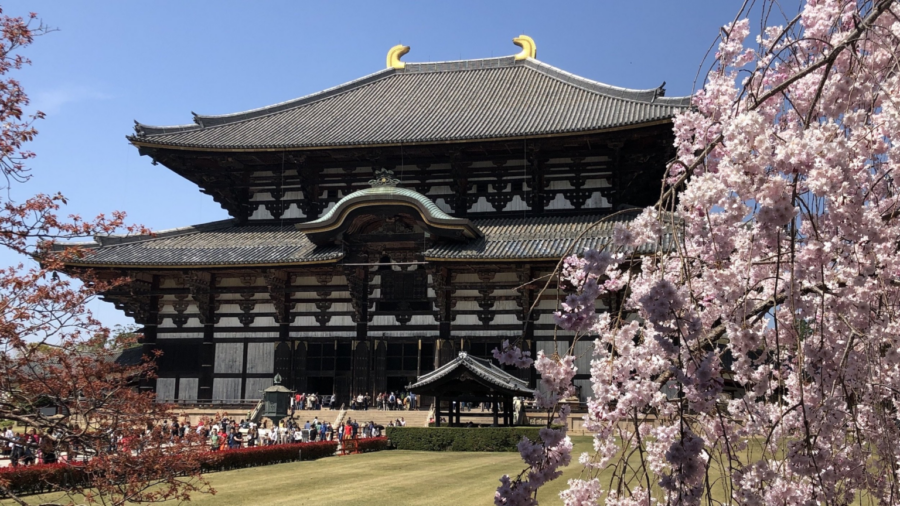
The massive Todaiji Temple stands beautifully among blooming cherry trees, offering one of Nara’s most iconic springtime views.
Kasuga Taisha Shrine
Kasuga Taisha is a UNESCO World Heritage Site famous for its stone lanterns and sacred atmosphere. It is especially beautiful during sakura season.
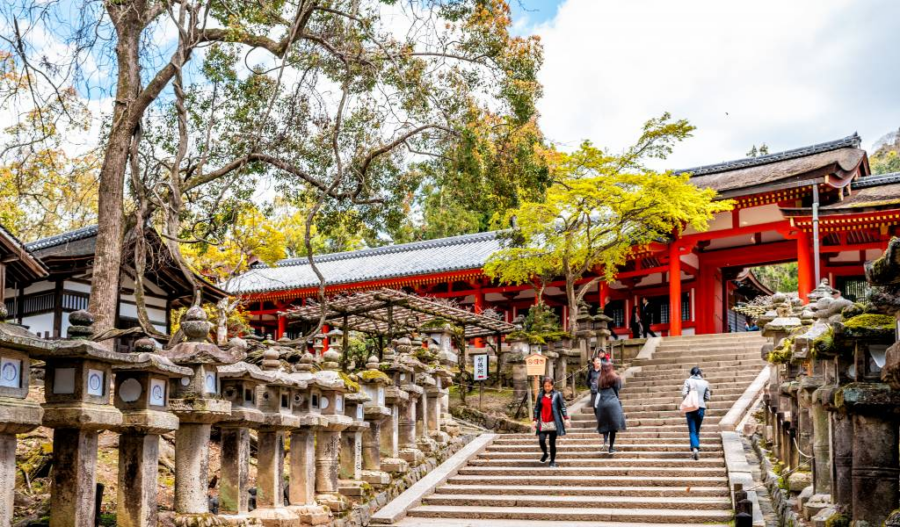
The ancient Kasuga Taisha Shrine features serene stone lantern paths and vibrant architecture surrounded by seasonal colors.
Nara Nagomikan
This is the largest souvenir shop in Nara. Visitors can explore a wide variety of local crafts, sweets, and seasonal items.
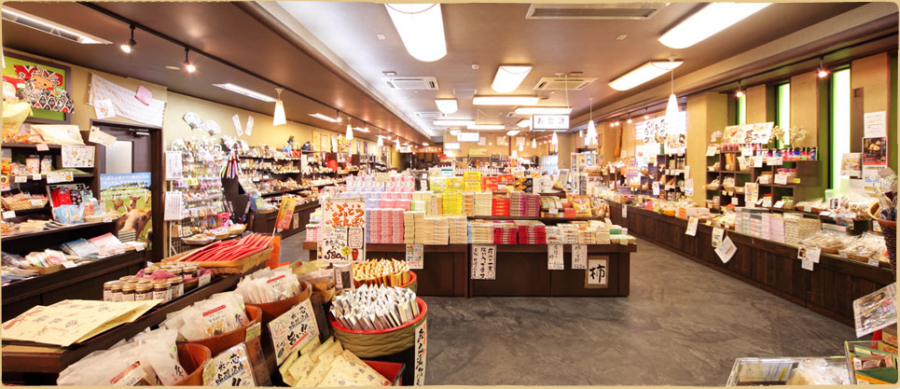
Our Services
We offer a comprehensive range of services to meet your travel need.

Itinerary Planning
Let us create a tailor-made itinerary that reflects your interests, preferences & budget.
Expert Guidance
Our team of experts is here to offer personalized guidance and support every step of the way.
24/7 Customer Support
Book places effortlessly with our secure platform, backed by expert support.
Travel Logistics
We handle transfers, accommodation and transport, so you just relax and explore.-
DepartureSan Francisco International Airport
-
Departure TimePlease arrive by 10:20 AM for a prompt departure at 10:50 AM
-
Return TimeApproximately 8:30 PM
-
IncludedNara Nagomikan offers a wide variety of local treats and souvenirs, making it a favorite stop for cherry blossom travelers.Meals CPAITransfers (ARR & DEP ONLY) as per itinerary on private basisAll Entrance ticket as per itineraryThrough English Speaking guide from Arrival till DepartureJR Pass as per itinerary: (Bullet Train) Tokyo to Nagano & Nagano to Shin Hakodate (Standard Class) & (Limited Express) Shin Hakodate to Sapporo2 X 500 ML Water Bottles per person per day.
-
Not IncludedExpenses of personal nature Example – Tipping, laundry & Telephone calls, Beverages etcTipping to Guides and DriversPorter Service at the airport and hotelInternational & Domestic Flights & Visa Issuance ChargesBank Charges – JPY 7,500 per remittanceCredit Card Charges for any payment / remittanceAnything not mentioned in above in Inclusions & itinerary
-
Maps
Similar Tours
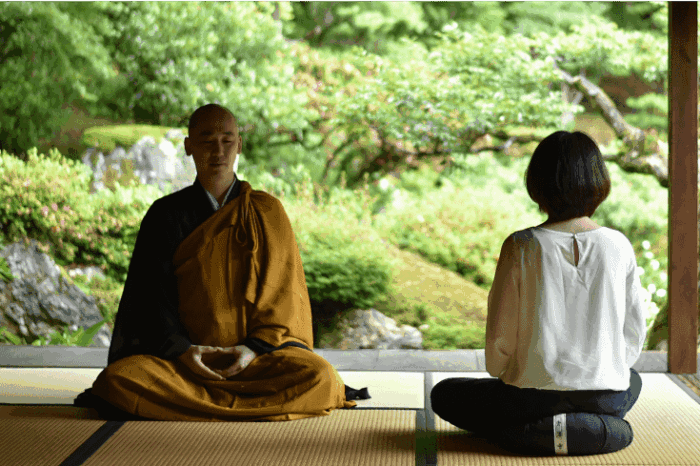
Meditation Tour Japan
Experience inner peace on the Meditation Tour Japan, a journey through sacred temples, calm forests, and historic spiritual centers in Osaka, Kyoto, and Koyasan. Explore serene streets, tranquil shrines, and quiet mountain pathways while learning the art of Zen meditation. With stunning landscapes, cultural insights, and peaceful moments throughout the trip, this tour offers a meaningful escape for travelers seeking relaxation, mindfulness, and a deeper connection with Japan’s spiritual heritage.
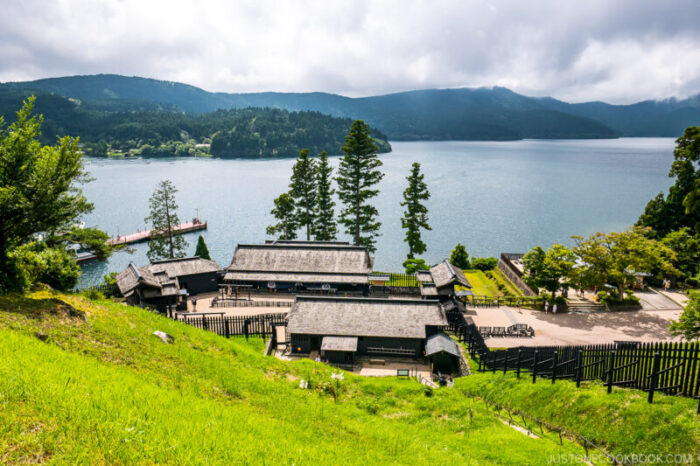
Innovative Japan
Embark on the Innovative Japan Tour, a journey that blends Japan’s modern achievements with its timeless cultural heritage. Explore Tokyo’s iconic highlights, including Tokyo Tower, Meiji Shrine, Senso‑ji Temple, and the lively shopping streets of Nakamise and Ginza.
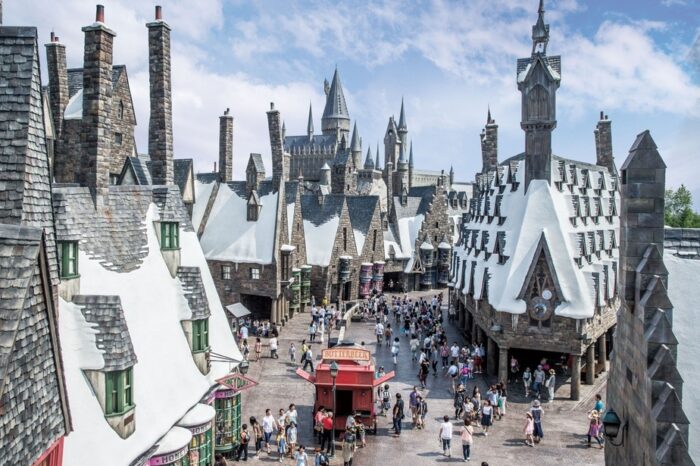
Theme Parks Package
Experience the ultimate family adventure with our Theme Parks Package Japan. Visit world‑famous attractions like Tokyo Disneyland, DisneySea, and Universal Studios Japan while enjoying iconic sights across Tokyo and Osaka.


